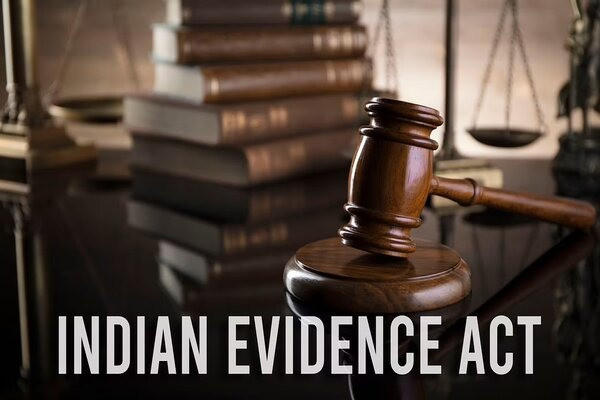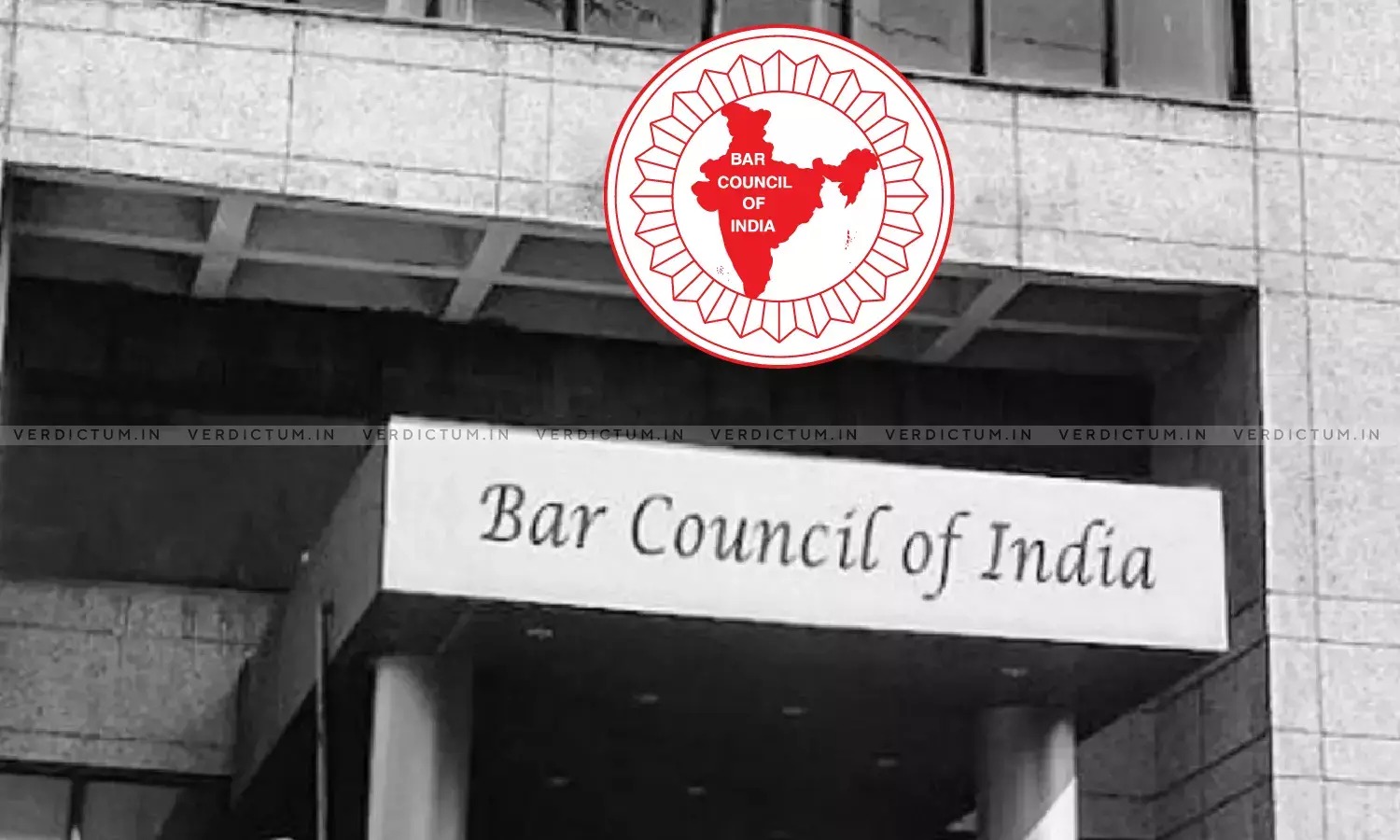N.G. Das, J.@mdashThis second appeal is directed against the judgment dated 27-5-1983 passed by the learned Addl. District Judge, West Tripura, Agartala affirming the judgment and decree passed by the learned Sadar Munsiff, Agartala in Title Suit No. 146/75 decreeing the suit.
2. The case of the plaintiffs, shortly put, is that the suit land measuring 5 kanis 3 gandas 1 kara 4 dhurs of C.S. Plots Nos. 51, 52, 53, 54, 55, 57, 58, 59 and 60 of Mouja Simna originally belonged to one Ananda Charan Chakraborty. On 15-3-55 A.D. Ananda Charan Chakraborty sold the suit land along with other lands to late Hriday Ch. Roy, the father of the plaintiffs and after purchase of the suit land along with other lands Hriday Ch. Roy was possessing the suit land by growing crops thereon. After the death of Hriday Ch. Roy plaintiffs became the owners and possessors of the suit land as heirs of late Hriday Ch. Roy. The plaintiff No. 1 Rabindra Chandra Roy being a Headmaster of one High School at Simlapal, District Bakura, West Bengal he used to stay at Simlapal. His other brother, namely plaintiff No. 2 is a medical practitioner. So, they engaged one Sonatan Naik and Soraman Naik of village Simna as labourers for cultivation and growing paddy in the suit land on behalf of them. It is stated that these two labourers used to grow paddy in the suit land on behalf of the plaintiffs and after harvesting the same they would handover the crops to the plaintiffs.
3. Alike previous years the said labourers also grew sail paddy in the suit land in the year 1381 B.S. and harvested the same in the month of Agrahayan, 1381 B.S. The plaintiffs, thus enjoyed the usufructs derived from the suit land. But on 28-7-75 at about 8.30 a.m. the defendants who are permissive possession of C.S. Plots Nos. 54-55 belonging to the plaintiff attempted to cultivate the suit land, by force but their such attempt was frustrated on account of timely resistance by the plaintiff No. 2 and their labourers. But although the defendants were unsuccessful in their clandestine attempt to dispossess the plaintiffs from the suit land they threatened the labourers to take forcible possession of the suit land. The plaintiffs, therefore, filed the suit for declaration of their right, title and interest over the suit land, confirmation of possession and perpetual injunction restraining the defendants from entering into the suit land and disturbing the peaceful possession of the plaintiffs. Along with the plaint the plaintiffs also filed an application under Order 39, Rules 1 and 2 of C.P.C. for granting ad interim injunction restraining the defendants from entering into the suit land till disposal of the suit.
4. By order dated 2-6-75 the learned Munsiff granted ex parte injunction restraining the defendants from entering into the suit land until further orders and issued notice to the defendants. That order of ad interim injunction appears to have remained in force until disposal of the suit as although the defendants took time to file objection against the ex parte order of injunction, they neither filed any objection nor filed any written statement till 3-12-75 when the learned Munsiff passed the order of ex parte hearing of the suit.
5. The defendants, however, filed a written statement on 12-2-76 and it was also accepted by the learned Munsiff. In their written statement the defendants contended that the suit was barred by limitation, it was bad for defect of parties and it was also bad for estoppel, waiver and acquiescence. It was further contended that the plaintiffs had no right, title and interest over the land in suit and that they neither possessed nor exercised any act of possession over the land in suit. It was said that this suit land never belonged to Ananda Charan Chakraborty. But the plaintiffs in collusion with the staff of the Survey and Settlement Office got the record of rights in their names. The further case of the defendants was that they had been possessing the suit land over 35 years denying the right, title and interest of the plaintiffs and as such they acquired title to the suit land by virtue of adverse possession.
6. After perusal of the pleadings the learned Munsiff framed the following issues for determining the suit:--
1. Have the plaintiffs any cause of action for this suit?
2. Is the suit maintainable in its present form and procedure?
3. Is the suit bad for defect of parties?
4. Is the suit barred by limitation?
5. Is the record of rights correctly prepared?
6. Is the suit properly valued?
7. Is the power of attorney dated 15-7-75 genuine?
8. Have the plaintiffs any right, title and interest and possession in the suit land?
9. To what relief, if any, are the plaintiffs entitled.
7. Both the parties evidence in support of their respective cases and learned Munsiff after discussion of the evidence on record decided the issues namely the issues Nos. 1, 3, 5, 7 and 8 in favour of the plaintiffs. The remaining issues were not pressed and hence, learned Munsiff did not decide those issues. However, after deciding the aforesaid issues the learned Munsiff decreed the suit declaring the jote right of the plaintiffs over the suit land and confirming possession- He also made the order of temporary injunction passed on 2-8-75 absolute. The decree was however passed without any cost.
8. Aggrieved by this judgment and decree the defendants preferred an appeal before the learned District Judge, who transferred the case to the court of learned Additional District Judge. But the Addl. District Judge after hearing learned counsel of both the parties affirmed the judgment and decree of the trial court, Hence, this Second Appeal by the defendants.
9. Mr. K. N. Bhattacharjee, the learned senior counsel appearing on behalf of the appellants contends that in confirming the trial court''s decree the first appellate court has committed error as even though the defendants made a specific averment in their written statement that they acquired title to the suit land by virtue of adverse possession the trial court did not formulate any issue on that point. The General Rule, no doubt is that issues are to be framed only in respect of those material facts which have been alleged by one party and denied by the other. The object of framing the issue is to pin point the real and substantial point of difference between the parties and as such it is essential that proper issues should be framed from the materials referred to under Order 14, Rule 3 of C.P.C. Mr. Bhattacharjee''s contention is that the defendants have been prejudiced for non-framing of an issue on the question of adverse possession. But on perusal of the record particularly the evidence, I am of the view that defendants were not taken by surprise. One of the issues which the learned trial court framed is "have the plaintiffs'' right, title and interest and possession in the suit land?". On perusal of the evidence I find that the parties went to trial fully understanding that they would have to prove their possession. Brajendra Chandra Roy, plaintiff No. 2, who was examined as PW 1 deposed that since the time of his father he along with his brothers were possessing the suit land by growing crops thereon. It is stated that they grew crops on the suit land by engaging labourers and only on 12th of Sravan, 1382 B.S. the defendants for the first time made an abortive attempt to dispossess them from the suit land. The witness was cross-examined and during cross-examination it was suggested that they never possessed the suit land. It was also suggested that the defendants had been possessing the suit land.
10. PW 2 deposed that as labourer of the plaintiffs he along with Sanatan Naik used to possess the suit land and also grew paddy on the suit land as labourers of the suit land and they also gave the paddy to the plaintiffs. The witness was cross-examined and it was suggested to him that he never possessed the suit land or grew any paddy thereon. PW 3 Sanatan Naik the other labourer deposed to the same effect. PW 4 Jogendra Debnath, who has land near the suit land also deposed that the defendants never possessed or exercised any act of possession over the suit land. This witness was also cross-examined by the defendants and it was suggested to him that defendants and his brother were possessing the suit land. Similarly defendant Sukumar Roy examined as DW 1 deposed that he had been possessing the suit land for last 35 years. But during cross-examination it was elicited from him that he did not know who was the actual owner of the land in suit. D Ws 2, 3 and 4 also deposed that they were possessing the suit land for 30-35 years.
11. So, in view of the evidence adduced by the parties as pointed out above, I am of the opinion that the absence of an issue, namely, whether the defendants acquired title to the suit land by virtue of adverse possession did not lead to a mistrial sufficient to vitiate the decision. Both the courts below after elaborate discussion of evidence arrived at the conclusion that defendants never possessed the land in suit or exercised any act of possession. On perusal of the evidence I, too, feel that both the courts below rightly made the findings. In this context it has to be borne in mind that the question of adverse possession is a question of fact. Thus a person who claims title on the basis of adverse possession must establish the same by unequivocal evidence that his possession was hostile to the real owner and amounted to denial of title of the true owner. In the instant case defendants adduced evidence to prove their hostile possession but failed. On perusal of the pleadings and evidence I find that the parties went to the trial with full knowledge of each others case and that being the position, the non-framing of such additional issue as claimed, even if the same was necessary, has not caused any prejudice to any of the parties and they had, in fact, got opportunities to establish their respective cases. Such being the position, I am unable to accede to the submission of Mr. Bhattacharjee that the case should be remanded for effective determination after formulating an additional issue as indicated above.
12. The next question argued by Mr. Bhattacharjee is that the learned courts below erred in law in admitting the Ext. 4 certified copy of the sale deed into evidence and putting reliance on it to make the finding. According to him the plaintiffs failed to adduce any evidence as to why the original was not produced. But on perusal of the certified copy of the same marked as Ext. 4 I find that this certified copy was actually taken from the volume book that was maintained in the office of the Sub-Registrar. This document bears the seal of Sadar Sub-Registrar. It also bears the certificate that it was copied and compared. The scribe who wrote the original was examined as PW 5 and he deposed that he wrote the original of this certified copy. The correctness of this certified copy has to be, therefore, presumed.
13. In the facts and circumstances of the case, the appeal of the appellants is hereby dismissed with costs of this appeal.

